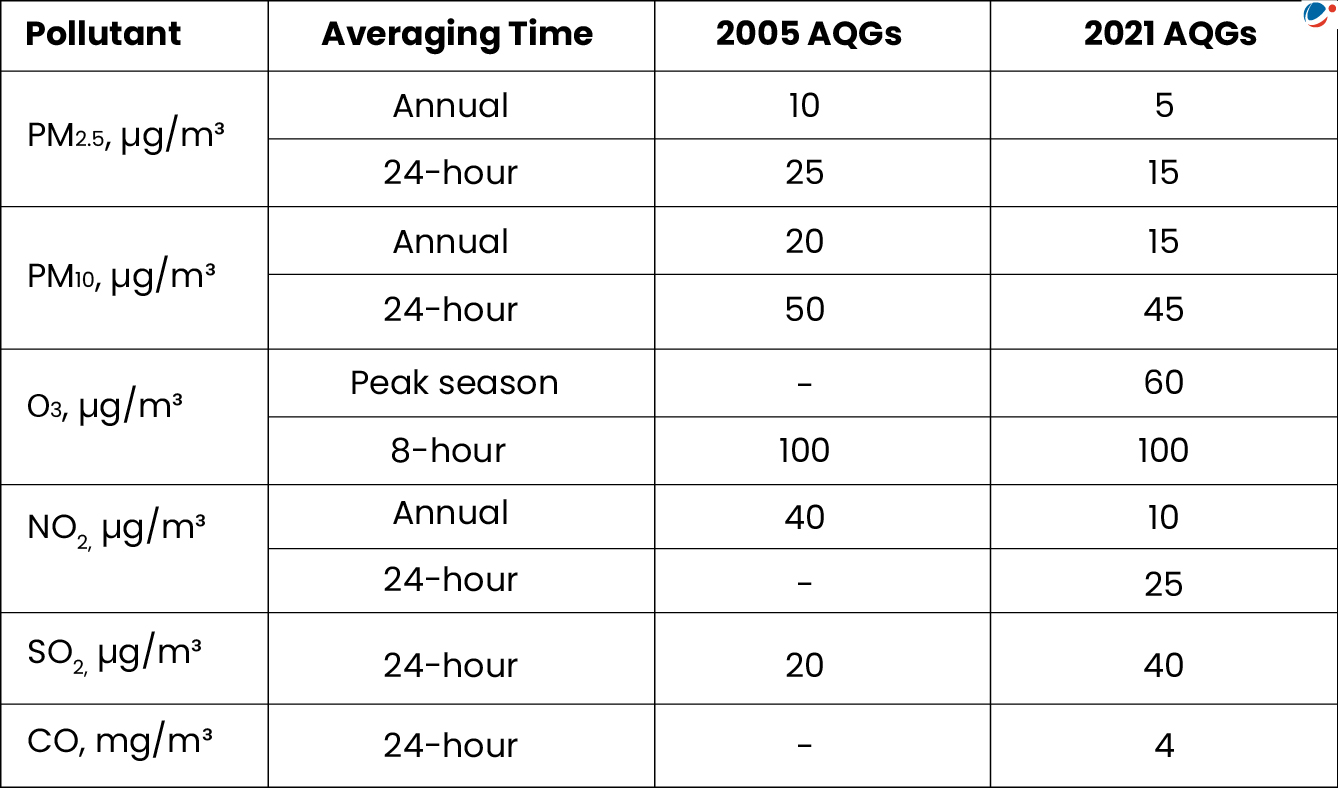It was launched in the backdrop of International Day of Clean Air for Blue Skies (7 September).
- Led by UN Environment Programme (UNEP), this year’s theme focuses on ‘Invest in Clean Air Now’.
About Air Quality Management Exchange Platform (AQMx)
- It is a one-stop-shop that provides the latest air quality management guidance and tools proposed to meet WHO Air Quality Guidelines interim targets.
- It is a component of CCAC Clean Air Flagship and contributes to implementation of UNEA-6 Resolution to increase regional cooperation and action on improving air quality globally.
Need of AQMx
- Menace of air pollution: Causes more than 8 million premature deaths annually, particularly affecting poor and vulnerable.
- Capacity gaps: AQMx helps to address air quality management capacity gaps with curated guidance on air quality monitoring, health impact assessments etc.
- Knowledge sharing: Allow regional and sub-regional communities to exchange knowledge about air quality management best practices.
About CCAC
- Founded in 2012, and convened within UNEP, CCAC is a voluntary partnership of more than 160 governments, intergovernmental organizations, and NGOs. India joined CCAC in 2019.
- It works to reduce powerful but short-lived climate pollutants– methane, black carbon, hydrofluorocarbons (HFCs), and tropospheric ozone – that drive both climate change and air pollution.
WHO Air Quality Guidelines (AQG)
 |



